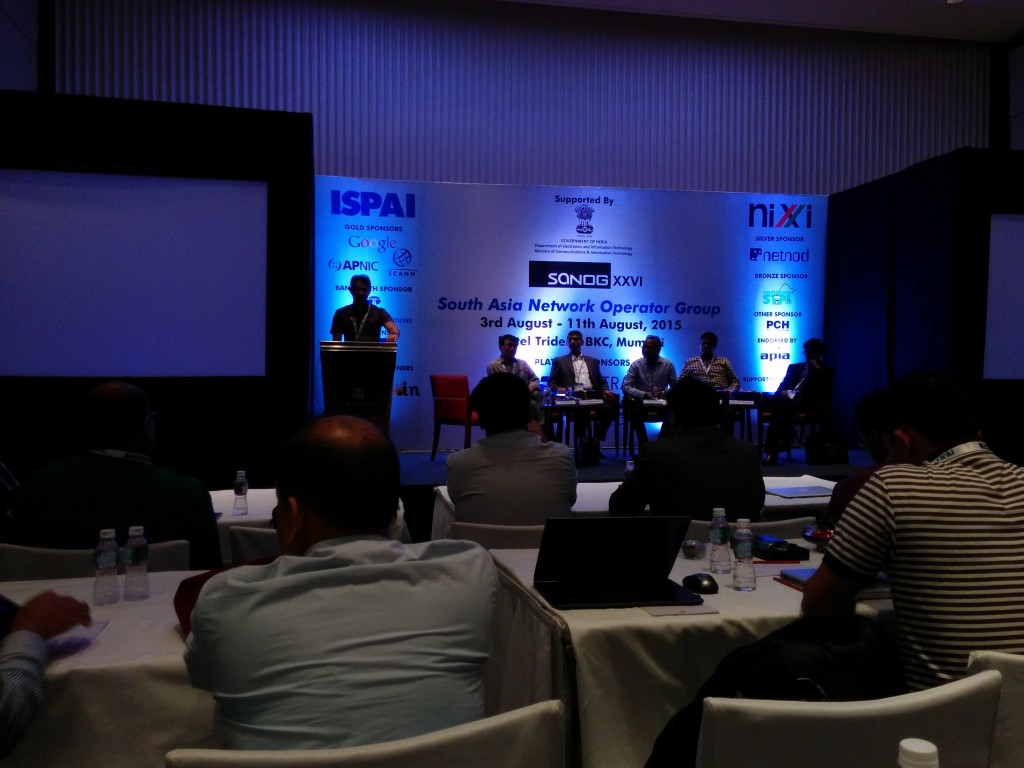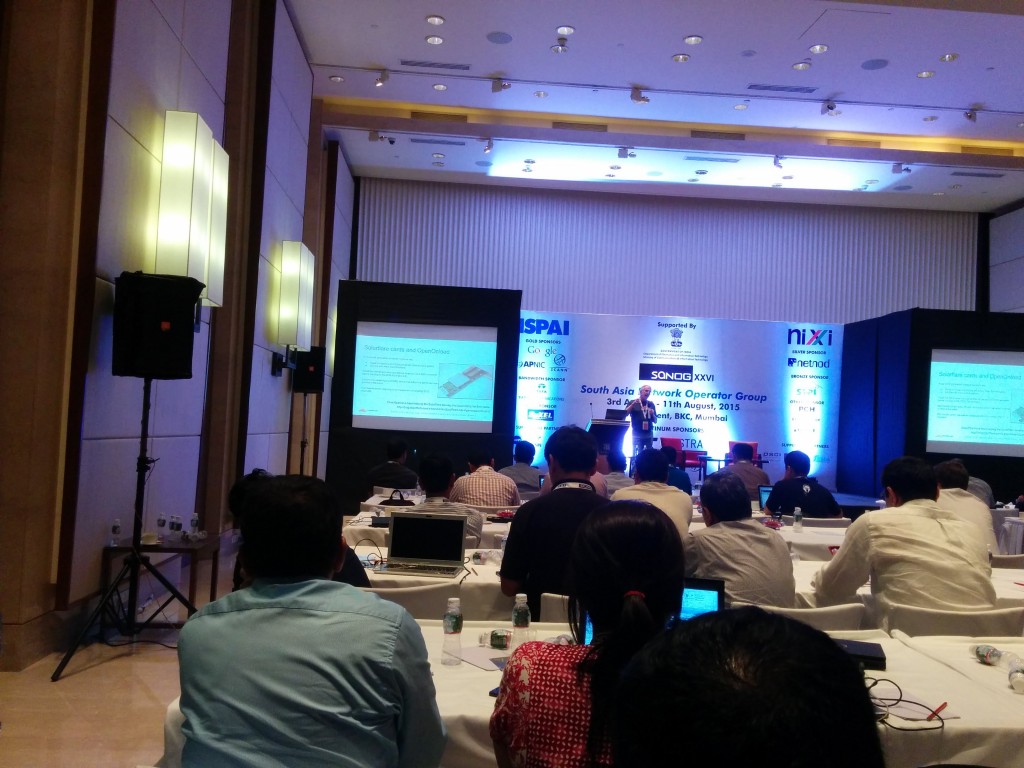Internet Exchanges - Place where the networks interconnect!
Earlier this month I got an opportunity to be part of IXP workshop in Kolkata. It was a 3-day event organised by ISOC Kolkata and supported by APNIC. There was also a workshop on DNSSEC and Champika Wijayatunga (from ICANN) was the instructor along with Anand Raje. It was a nice event and I come to know of other interesting projects ISOC Kolkata is doing like Indian IETF capacity building program apart from the IXP they are running in Kolkata. Mr Anupam Aggarwal and Anand showed the IX and it looks very good. I think it’s the first and only IX I know in India which is a real IX with proper policy. It’s an IX by a non-for-profit group, allows anyone to connect, a real layer 2 IX and welcomes anyone including ISPs, content players and root DNS servers. Presently IIFON-IX in Kolkata has few member ISPs besides the L root from ICANN and one of Verisign gTLD nodes (which host zones for .com, .net etc). I also saw a rack with some of Akamai CDN servers. This brings decent content right there. IX’es play an extremely important part of current internet infrastructure ecosystem. It’s very likely that content of this blog is travelling from my server to your browser from an Internet Exchange. :)

